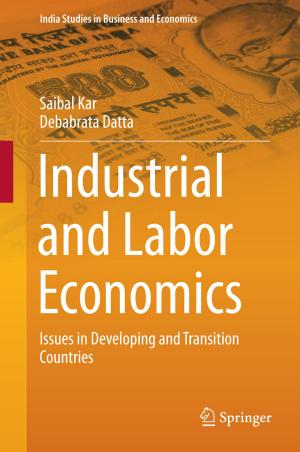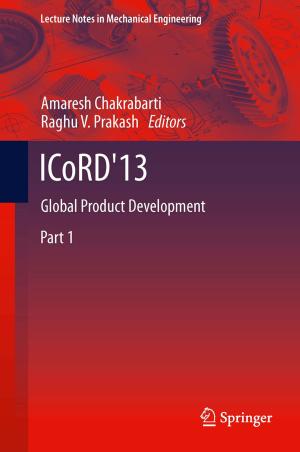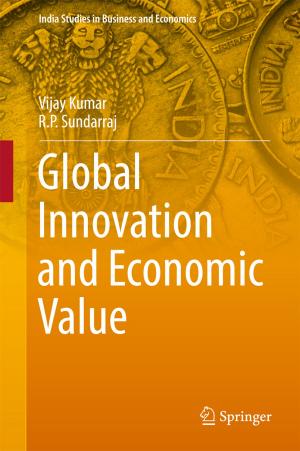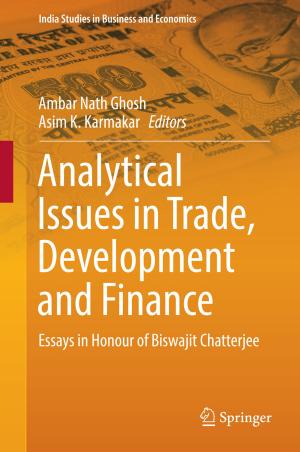The Indian Textile and Clothing Industry
An Economic Analysis
Business & Finance, Career Planning & Job Hunting, Labor, Economics, International Economics| Author: | Mausumi Kar | ISBN: | 9788132223702 |
| Publisher: | Springer India | Publication: | April 30, 2015 |
| Imprint: | Springer | Language: | English |
| Author: | Mausumi Kar |
| ISBN: | 9788132223702 |
| Publisher: | Springer India |
| Publication: | April 30, 2015 |
| Imprint: | Springer |
| Language: | English |
This book examines the textile and clothing Industry of India and its trade scenario from a global perspective. New developments in international policies related to trade and investment and falling barriers to trade worldwide as well as within individual regional communities have transformed the structure of production and global competition in the textile and apparel industries across the world. Furthermore, with the incorporation of textile trade in the GATT framework following the removal of quantitative restrictions, and the subsequent liberalization of investment opportunities, the Indian market is now home to several international brands, which has led to the present upsurge of FDI in this very important sector of the Indian economy. The book closely examines the nature and impact of such external changes on the industry’s structure and labour-related issues. The key feature of this book is that it presents a snapshot of all the domestic and international policies related to this sector, from the earliest relevant period to the present, and analyses the topical issues in significant detail. The book also offers some empirical analyses to show the impact of external changes on the concentration of firms in this industry and the regional inequalities that have emerged from regional variations in firms’ employment, labour-income and profit levels. Further, it addresses another striking feature, namely the role of preferential trading blocs or Regional Trading Arrangements (RTA) in creating trade-diverting effects related to this sector apart from the implications of foreign collaborations and cross-border mergers and acquisitions. Many economists fear that the benefits of these RTAs for the partner countries are much greater than those for India, with net gains of incremental exports from India being small or even negative. This book discusses these critical issues in the context of India’s textile and apparel trade.
This book examines the textile and clothing Industry of India and its trade scenario from a global perspective. New developments in international policies related to trade and investment and falling barriers to trade worldwide as well as within individual regional communities have transformed the structure of production and global competition in the textile and apparel industries across the world. Furthermore, with the incorporation of textile trade in the GATT framework following the removal of quantitative restrictions, and the subsequent liberalization of investment opportunities, the Indian market is now home to several international brands, which has led to the present upsurge of FDI in this very important sector of the Indian economy. The book closely examines the nature and impact of such external changes on the industry’s structure and labour-related issues. The key feature of this book is that it presents a snapshot of all the domestic and international policies related to this sector, from the earliest relevant period to the present, and analyses the topical issues in significant detail. The book also offers some empirical analyses to show the impact of external changes on the concentration of firms in this industry and the regional inequalities that have emerged from regional variations in firms’ employment, labour-income and profit levels. Further, it addresses another striking feature, namely the role of preferential trading blocs or Regional Trading Arrangements (RTA) in creating trade-diverting effects related to this sector apart from the implications of foreign collaborations and cross-border mergers and acquisitions. Many economists fear that the benefits of these RTAs for the partner countries are much greater than those for India, with net gains of incremental exports from India being small or even negative. This book discusses these critical issues in the context of India’s textile and apparel trade.















